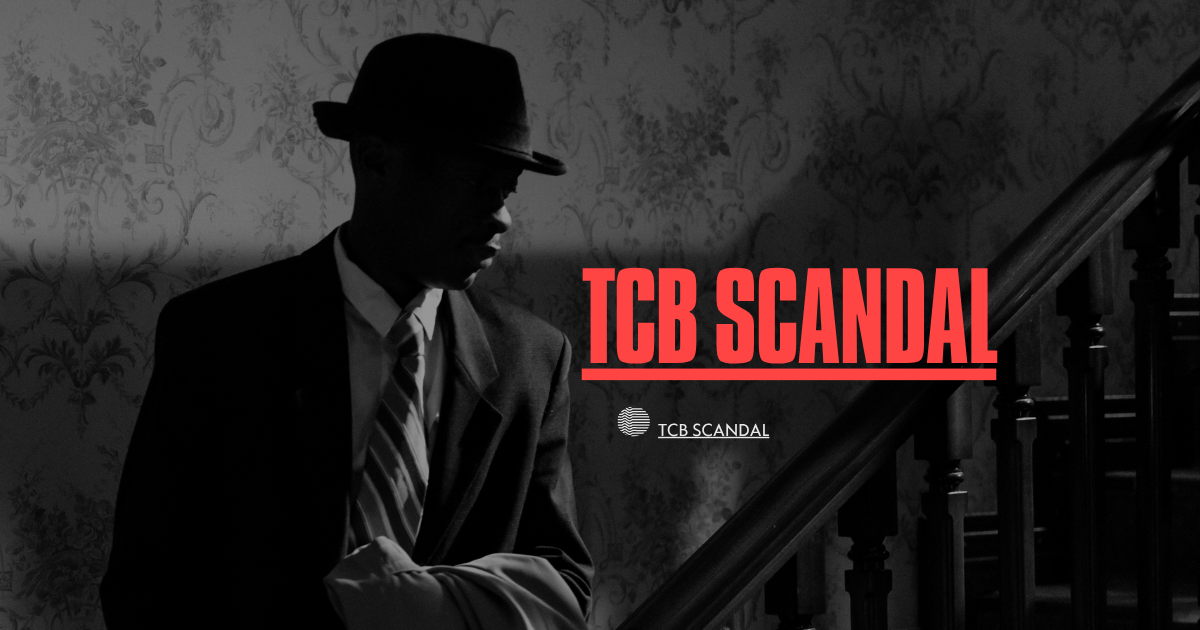1. The Birth of a Digital Firestorm
PinatScandal.com started as a niche blog with innocent beginnings—sharing quirky stories and anonymous tips about party mishaps. It was intended to be lighthearted entertainment, focusing on outrageous moments at birthday parties, corporate events, and weddings. However, as user-submitted content grew more salacious, the tone of the site shifted dramatically. Suddenly, the site wasn’t just funny—it was scandalous.
The name “PinatScandal” itself was a pun on the classic party game, suggesting secrets bursting open like a piñata. But what began as wordplay quickly became an ethical dilemma. People started submitting real, identifiable content without consent. Videos of public meltdowns, accusations of infidelity, and incriminating footage found their way onto the site, and it all escalated into a digital wildfire.
2. Going Viral: The Breaking Point
In early 2024, PinatScandal.com went viral after featuring a leaked video of a tech executive involved in a bizarre outburst at a child’s birthday party. The incident, dubbed “The Cake Smash Tantrum,” garnered millions of views in a matter of days. News outlets picked up the story, social media exploded with memes, and the site’s traffic quadrupled overnight.
But the virality came with consequences. Critics lambasted the platform for profiting off public humiliation. The victim of the video faced severe personal and professional fallout, sparking debates about digital ethics, doxxing, and cyberbullying. PinatScandal.com quickly became a cultural flashpoint—celebrated by some for “exposing truth,” and condemned by others for digital vigilantism.
3. The Anonymous Admins: Who’s Behind It All?
The creators of PinatScandal.com operated under a shroud of anonymity, adding to the site’s mystique and controversy. Known only by the pseudonyms “Piña” and “Scando,” the duo ran the site with what they called a “radical transparency” policy—ironically, while hiding their own identities. Users questioned their motives and backgrounds, but their silence only fueled curiosity.
Eventually, cyber sleuths and internet watchdogs began digging. Clues from domain registries, old Reddit posts, and even Easter eggs hidden in blog code hinted at the admin’s real identities. The speculation led to a full-blown investigation by digital journalists, eager to unveil the people pulling the strings behind one of the internet’s most polarizing platforms.
4. User Submissions and Ethical Gray Zones
PinatScandal.com relied heavily on crowdsourced content. Users could anonymously submit videos, screenshots, and stories—often with minimal moderation. This model encouraged community engagement but also opened the floodgates to defamation, deepfakes, and revenge content.
While the site claimed to vet submissions “for entertainment value and plausibility,” it rarely addressed the consent of individuals involved. In one instance, a woman found a video of her private Zoom call posted under the title “Karen Goes Nuclear at Work.” Despite her requests for removal, it stayed up for weeks—highlighting the dark side of unfiltered user-generated content.
5. Legal Fallout and Cease-and-Desists
As the controversy swelled, legal troubles piled up. High-profile lawsuits began targeting the site for defamation, privacy invasion, and emotional damages. Companies threatened cease-and-desist orders, while individuals pursued court injunctions demanding content removal.
One landmark case involved a public school teacher falsely accused of misconduct after a doctored video appeared on the site. The court ruled in her favor, awarding damages and mandating PinatScandal.com implement stronger content moderation. This case set a precedent and put other “scandal sites” on notice.
6. Media Attention and Public Opinion
Mainstream media outlets couldn’t ignore the phenomenon. Major networks ran exposés about the ethics of viral shame culture, with PinatScandal.com at the center. Interviews with former users and victims painted a complex picture—some felt empowered by whistleblowing, others traumatized by unexpected exposure.
Public opinion was equally divided. Some argued the platform democratized accountability, while others believed it perpetuated a cycle of humiliation and harm. Comment sections became battlegrounds between free speech absolutists and privacy advocates, each claiming moral high ground.
7. Monetizing Mayhem: Ad Dollars and Influencer Ties
Behind the scenes, PinatScandal.com was raking in serious ad revenue. With millions of monthly visitors, brands willing to overlook the controversy placed native ads and banner campaigns on the site. In a twist of irony, some influencers featured in scandals later monetized their fame with sponsorship deals.
However, the site’s financial model raised ethical red flags. Critics argued it profited directly from pain and misfortune. A boycott movement launched online, targeting companies advertising on the platform. Several dropped out, but others stayed, prioritizing traffic over public backlash.
8. The PinatScandal Community: Fans or Enablers?
The site’s comment sections and forums birthed a rabid fanbase, often referred to as the “Scandal Squad.” These users actively hunted for drama, shared potential leads, and created parody accounts of featured individuals. The culture mirrored that of early internet forums, where anonymity bred both creativity and cruelty.
Some defenders argued the site provided catharsis and community during uncertain times. But detractors likened it to a digital coliseum, where reputations were torn apart for sport. Mental health experts began weighing in, warning that the normalization of public shaming could have long-term psychological consequences.
9. The Fall From Grace
By mid-2025, the pressure became too much. Following multiple lawsuits, advertiser pullouts, and growing media condemnation, PinatScandal.com went offline without warning. A cryptic message on the homepage read: “The party’s over. We broke the piñata. Now comes the cleanup.”
Rumors swirled about the admin’s legal fate. Some speculated they fled overseas; others believed they were negotiating settlements quietly behind the scenes. Reddit and Twitter threads turned into digital archaeology sites, dissecting every clue left behind.
10. The Legacy of PinatScandal.com
Despite its downfall, the legacy of PinatScandal.com lives on as a cautionary tale about the internet’s dark appetite for spectacle. The platform demonstrated how quickly digital content can spiral out of control, blurring the lines between whistleblowing and witch-hunting.
Academics and activists now cite the site in discussions about digital ethics, moderation policies, and the future of viral content. Its brief but explosive existence serves as a reminder: once you break the piñata, you can’t choose what falls out—or who it hits.
Conclusion: Lessons from the Piñata
The rise and fall of PinatScandal.com encapsulate the best and worst of internet culture. It revealed how easily anonymity, virality, and a hunger for drama can combine into a volatile mix. While some praised the site for pulling back the curtain on bad behavior, others saw it as a symptom of a larger sickness: a digital world that prizes shock over substance.
As platforms wrestle with questions of moderation, consent, and accountability, PinatScandal.com stands as a digital ghost—haunting the space where clicks and ethics collide. The piñata may be broken, but the ripple effects of what spilled out are far from over.
Also Read About: gadgetfreeks.com




